8 Little-Known Facts About The Hubble Telescope
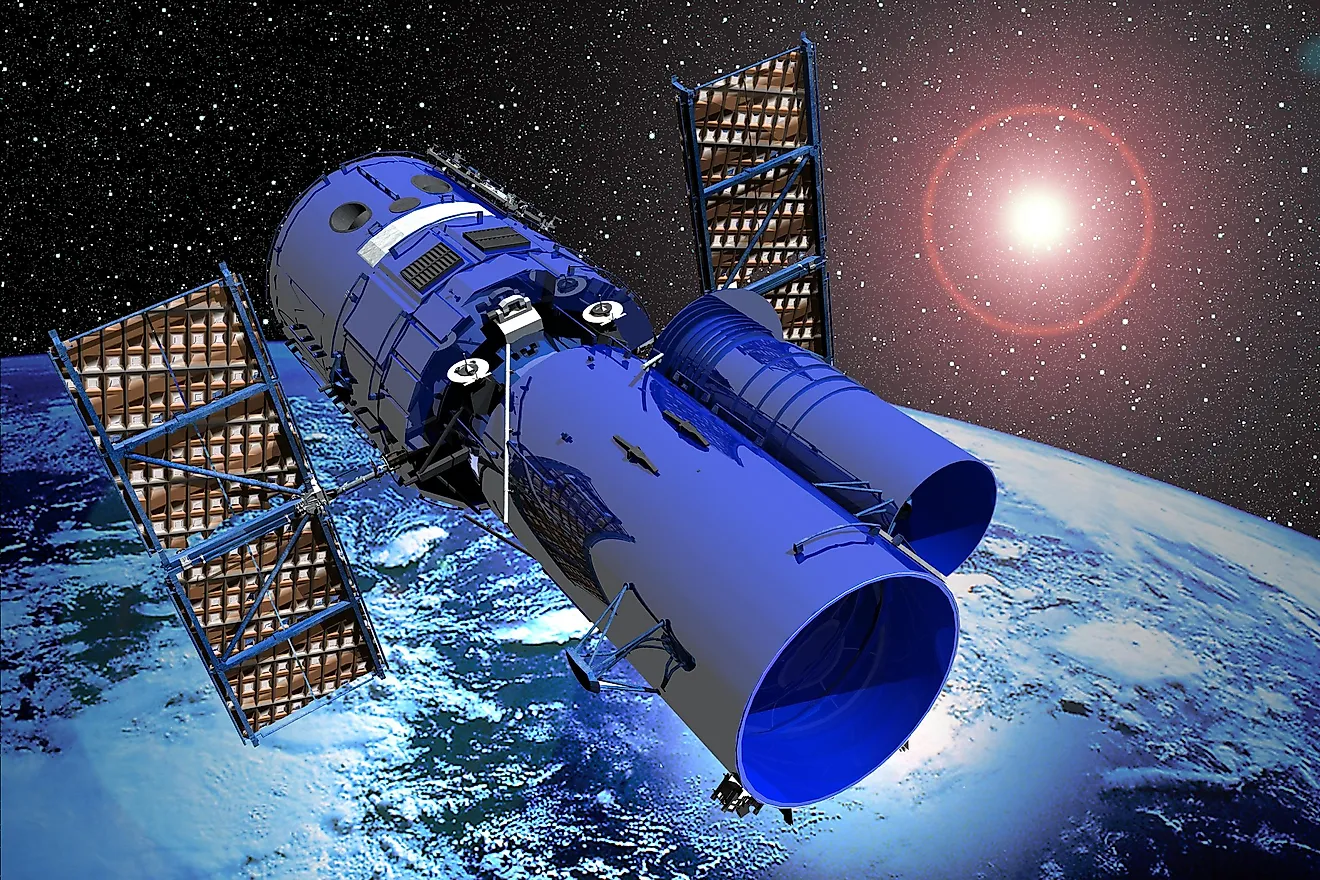
- The Hubble telescope was named after Edwin Hubble, the astronomer responsible for discovering that there are multiple galaxies in the universe.
- It has made over 100 terabytes of data since launch, resulting in 13,000 scientific papers.
- The images made by the Hubble telescope are always in black and white, and the color is added later.
The Hubble Space Telescope is a telescope that was launched into the Earth's orbit in 1990 and is still operational. It is considered to be the biggest and most versatile space telescope ever made. It is still a vital tool for various forms of research. It was built by NASA, with help from the European Space Agency, and has been orbiting Earth while collecting important data about space for three decades now.
The telescope takes its name from a famous astronomer Edwin Hubble. His research and observation helped advance the general view of the universe by including other galaxies. He is responsible not only for the realization that our galaxy wasn't the only one in the universe, but also that galaxies are constantly moving. It makes sense that such an important figure's name is used for the most well-known space telescope.
8. Anyone Can Use The Hubble Telescope
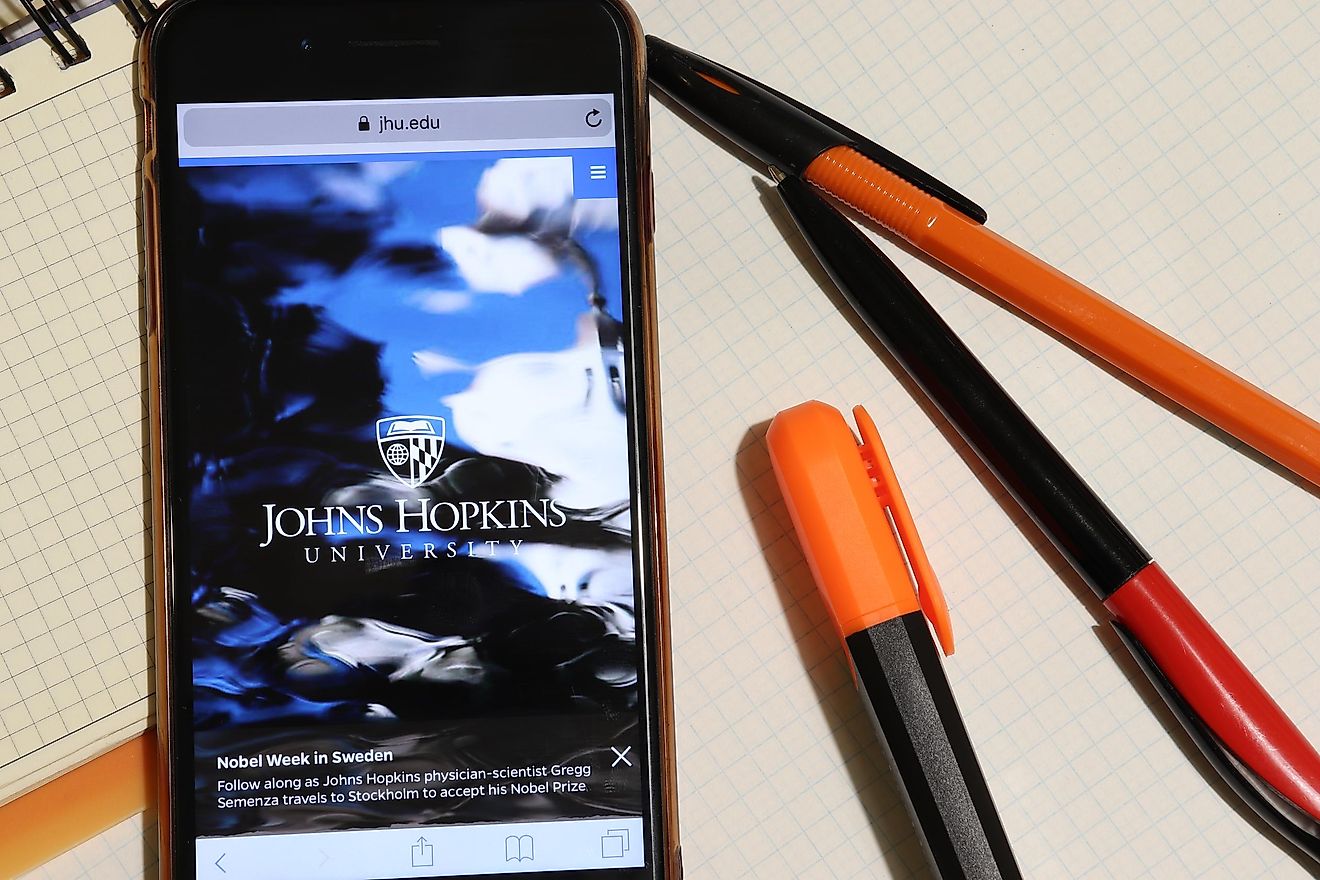
There is an open call issued by the Space Telescope Science Institute at John Hopkins University, that allows people to apply to conduct observations with the Hubble telescope. There are no restrictions, meaning anyone can apply for it. However, this means that a large number of astronomers also apply, which could make it more difficult for regular people like me or you to get in, unfortunately.
Only a small number of people manage to use the telescope itself. However, everyone that applied gets access to a vast archive of photos made by Hubble.
7. Hubble Technology Helped Our Fight Against Breast Cancer

Despite it being used mostly for the development of the Hubble telescope, the NASA technology used for it managed to spawn several other large breakthroughs in various fields. The most important one is the Space Telescope Imaging Spectrograph, used for searching for supermassive black holes by the Hubble telescope.
Once NASA started to make improvements to the spectrograph, they used the same silicon chips that were later used by doctors. These chips helped them to take more detailed images of women's breast tissue. That is the reason for us being able to differentiate benign from malignant tumors.
6. Many Debates Were Settled Because Of It
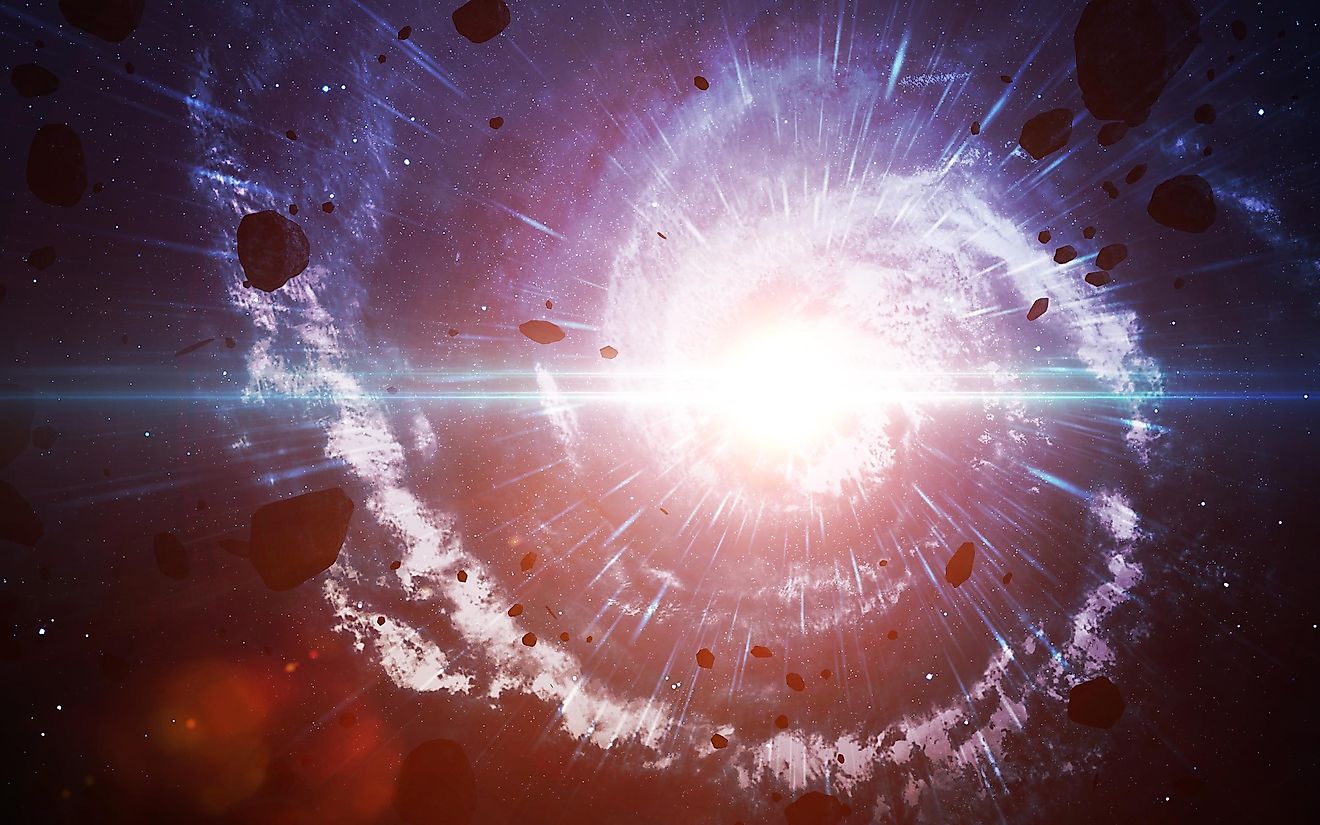
The power of the Hubble telescope itself is enormous. It can spot a firefly from a distance of 7,000 miles, and with these wondrous capabilities, scientists have been able to solve many mysteries of the universe. For example, with Hubble's help, scientists have been able to determine when the Big Bang happened. The first evidence of the existence of supermassive black holes was also found because of it.
5. The Images Are Always In Black And White
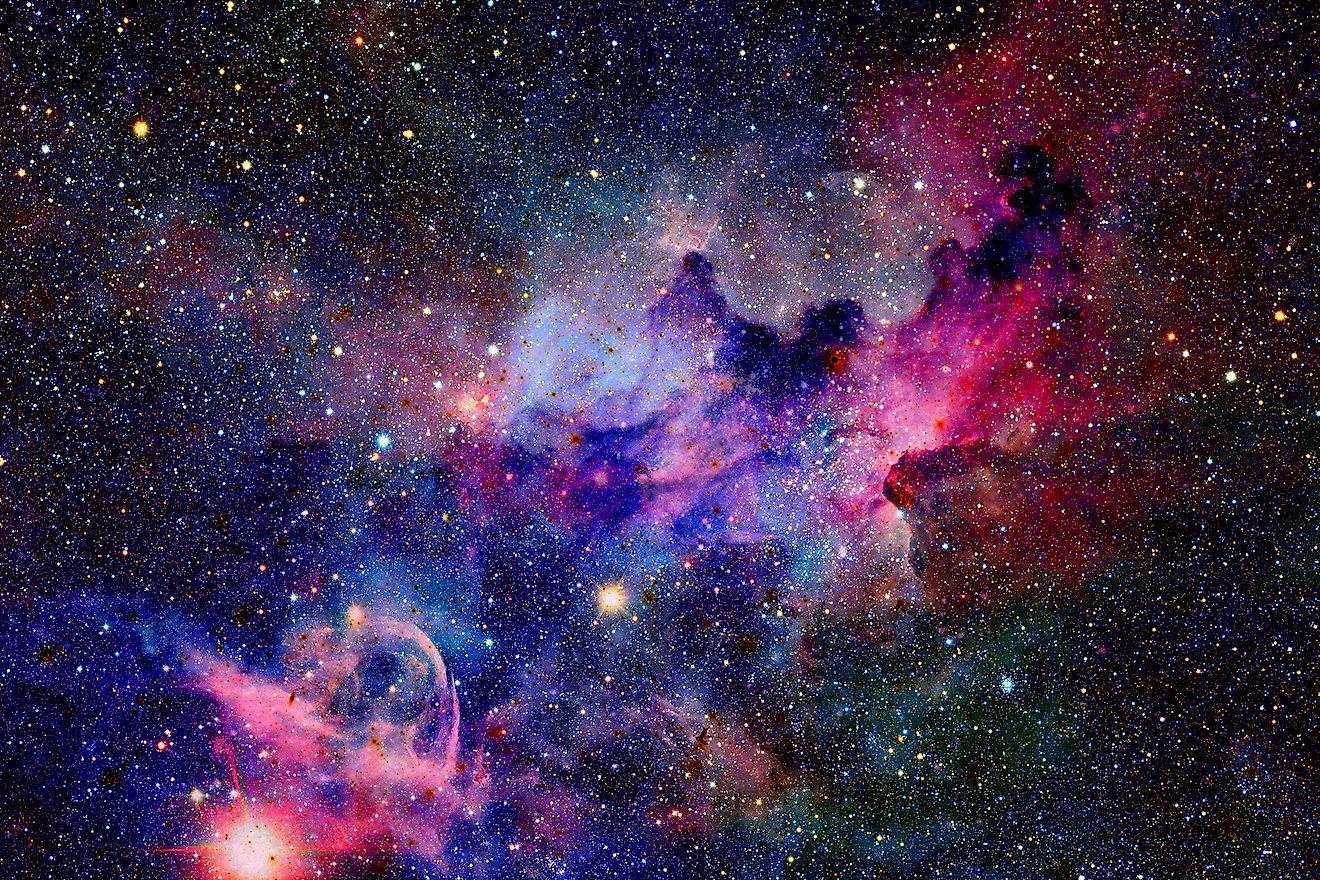
The images made by the Hubble telescope feature some of the most beautiful and unimaginable sights we've ever seen. Supernovae, nebulae, entire galaxies, nothing has escaped the keen photographic eye of Hubble. However, once the photos are taken, they are in black and white, and the color is only added in post-production.
The cameras on the telescope are only capable of taking pictures as gray-scale pixels, so the astronomers have the added assignment of using different filters to capture all of the light's wavelengths and reveal the colors.
4. The Amounts Of Data Made By It Are Huge

Since its launch, the Hubble telescope has made over 1,2 million observations while traveling 3 billion miles. The observations made by it are all captured and stored in digital files. These files together have over 100 terabytes of data. Using the data, almost 13,000 scientific papers were written by people from various fields, which makes the Hubble an extremely productive instrument.
3. The Main Mirror Was Not Working As Intended
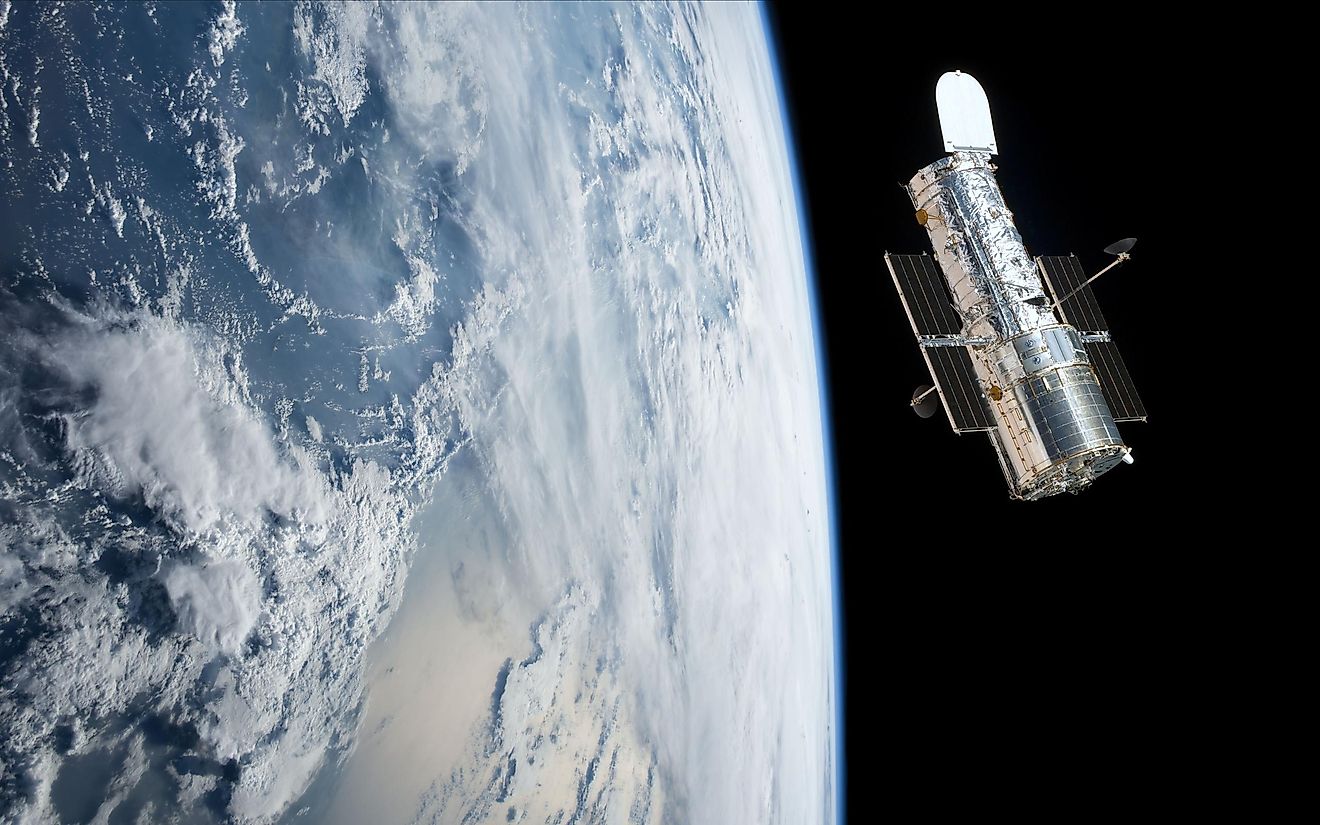
When NASA scientists checked the first images made by the Hubble, it was a colossal disaster. They discovered that the primary focusing mirror of the telescope was not polished to the right specifications. This was an extremely small mistake when observed by people who aren't experts, but because of that mistake, a large number of photos were blurry.
The media took this as a chance to make fun of the entire project since its cost was humongous, and it wasn't until 1993 that NASA managed to fix the mistakes by sending a team of astronauts to do it. After it was fixed, the shots of the cosmos we began receiving were so breathtaking. It was enough to make all of the naysayers shut their mouths.
2. The Launch Got Delayed
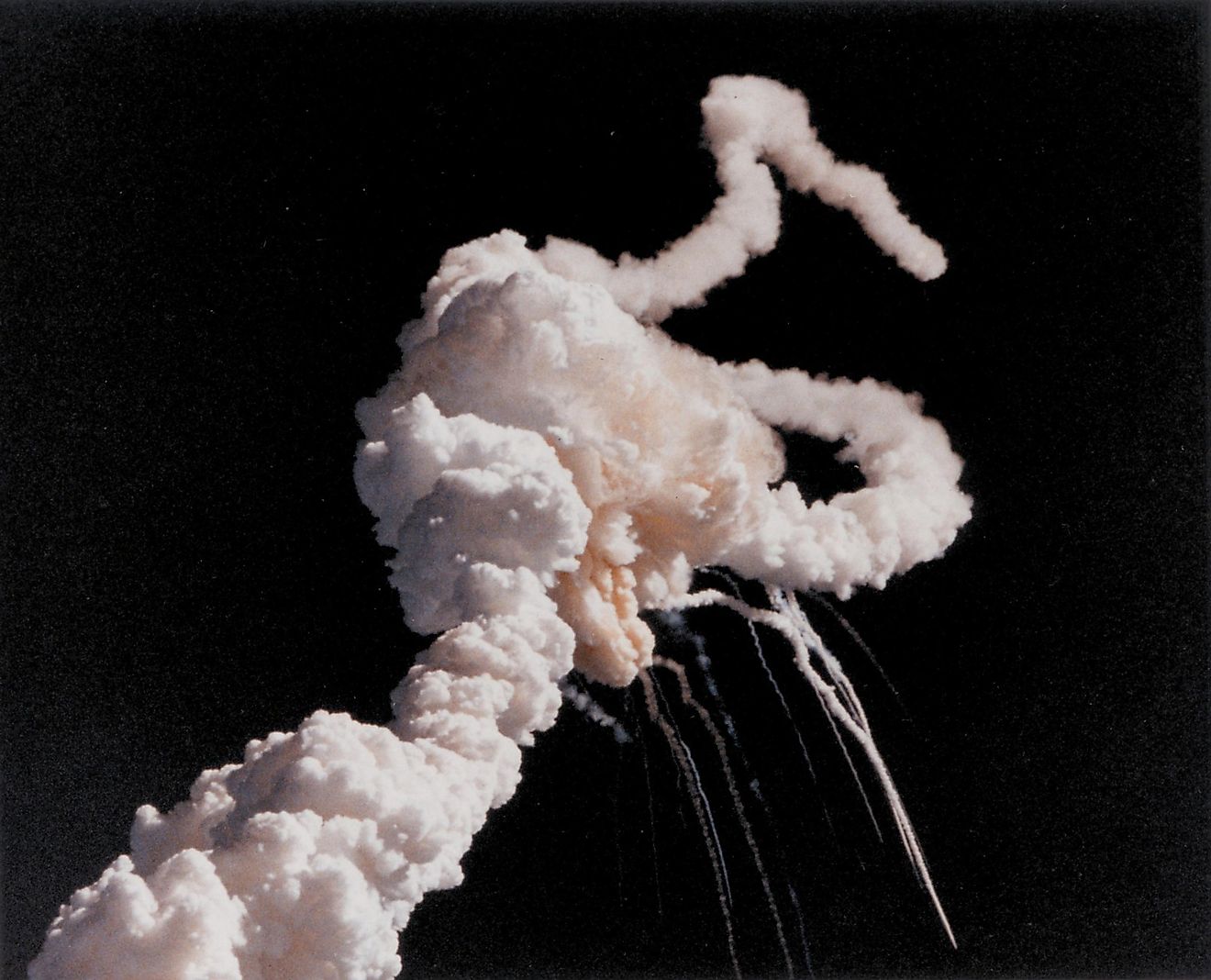
In 1986, a famous and tragic accident happened that shook the entire United States to its core. The space shuttle Challenger exploded soon after lift-off, and seven people on board were killed. After the tragedy, NASA stopped doing space-related missions for a certain amount of time, and Hubble was unable to be transported into space for a while longer.
This proved to be a good thing because scientists managed to improve on several of the telescope's functions, which made it more functional. However, it came at a cost - the extra years of storage and servicing are believed to have cost more than an additional 1 billion US dollars.
1. The Hubble Telescope Was Several Decades in the Making
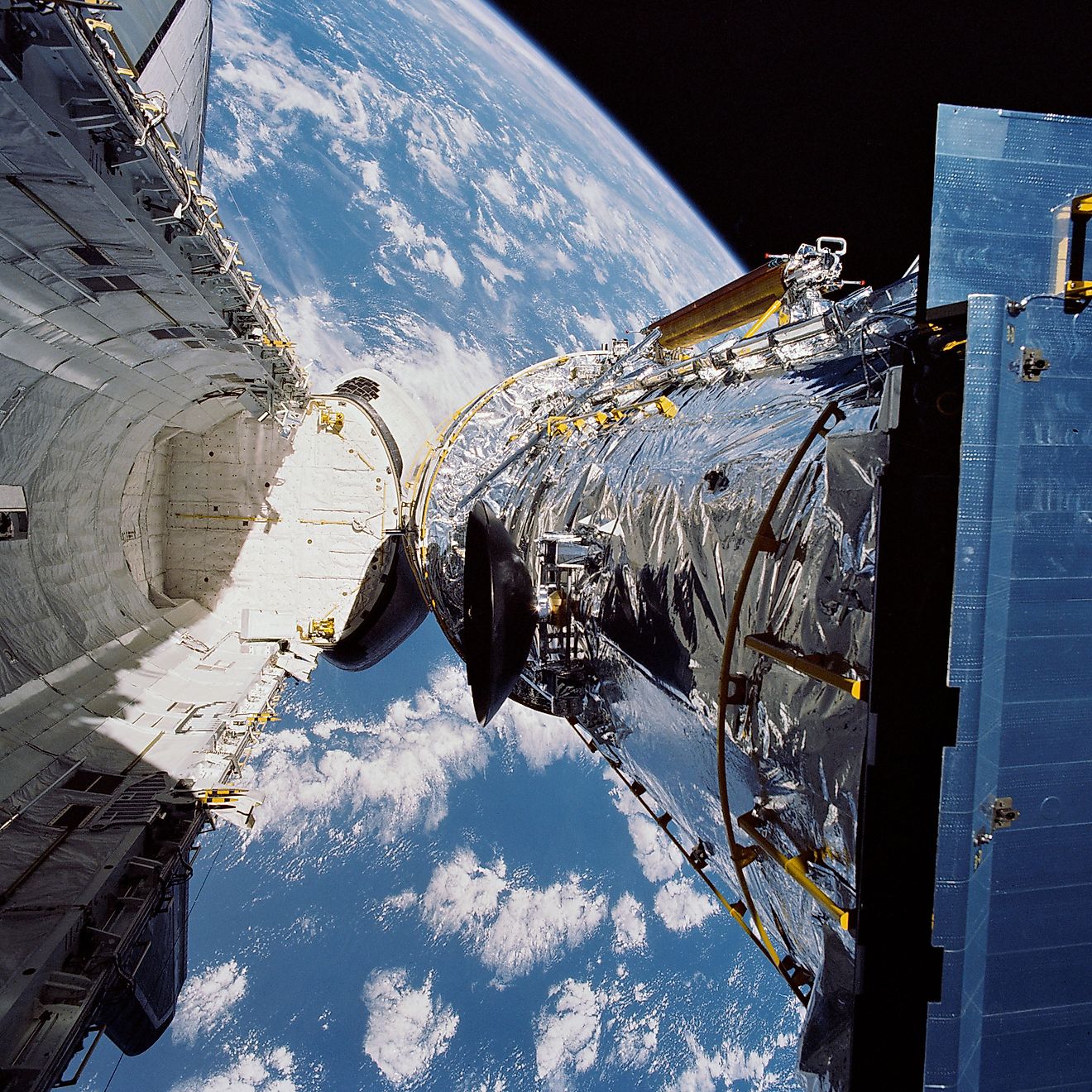
The origins of the Hubble telescope can be traced all the way back to 1946, which is 12 years before NASA was established. Astrophysicist Lyman Spitzer wrote his famous paper that year, in which he proposed the need for an observatory that would be based in space. He also mentioned the argument how a telescope that would be orbiting the Earth wouldn't be hindered by the atmosphere, known for blurring images.
The plans to make a space telescope were mentioned several times more, but one of the most significant issues was the funding since the costs for it were astronomical. However, in 1977, the U.S. Congress finally approved the funding for the creation of the Hubble telescope.











